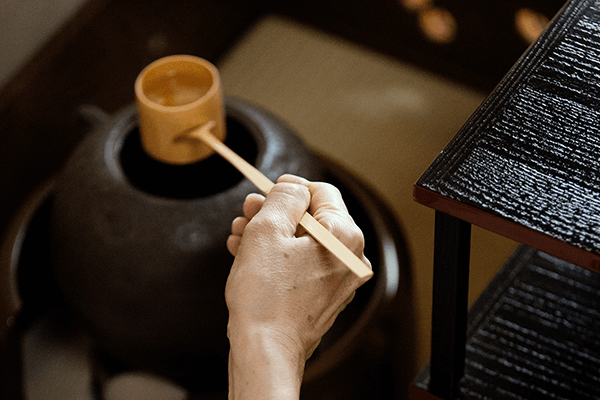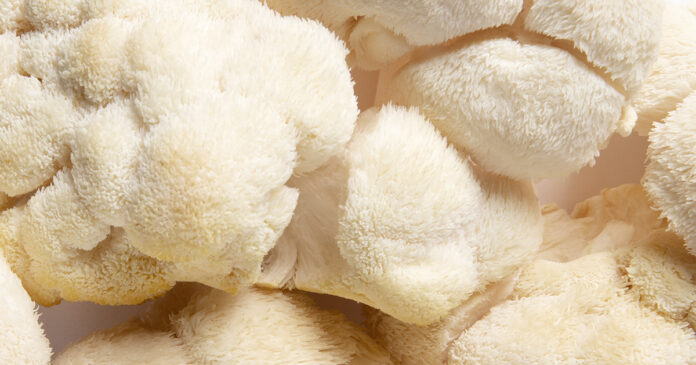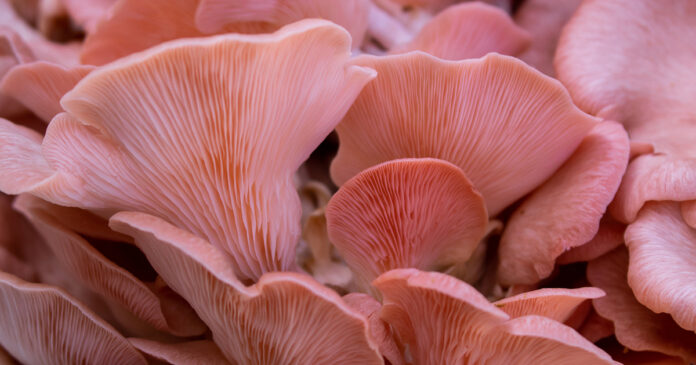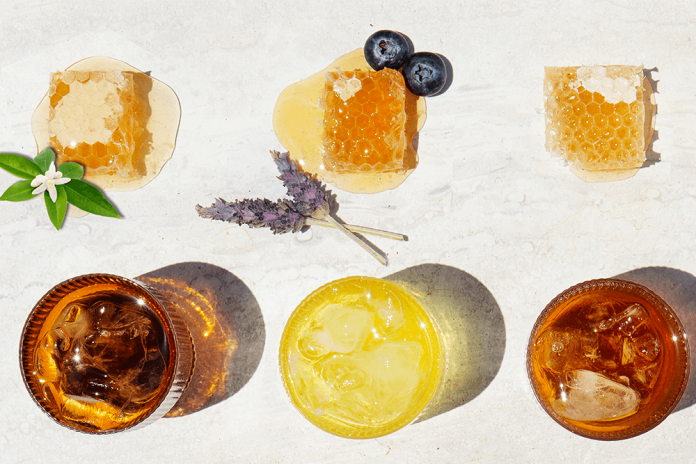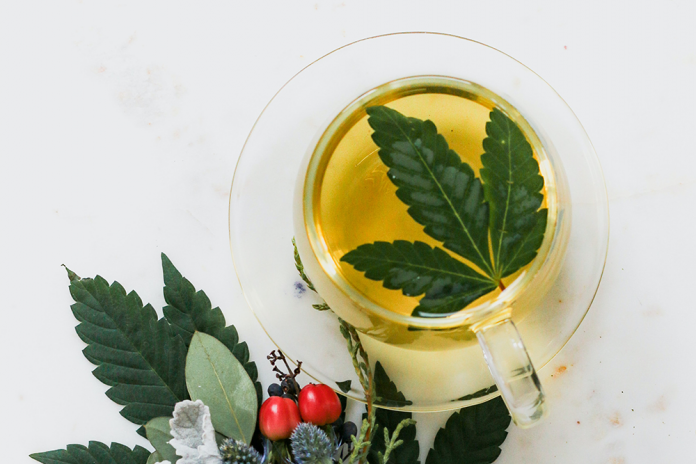Many of us have our rituals when it comes to drinking tea. Maybe you like to use a certain pot or cup, sit in a specific chair, curl up with a book or steal a few minutes of doing nothing at all. Maybe you put the kettle on when close friends drop by, or you prefer to enjoy your tea alone.
Tea time can be a time for solitude or sharing; a time to reconnect with yourself, or the people who mean the most to you. Regardless of your ritual or tea gathering, brewing up a pot of hot tea usually means it’s time to slow down and live in the moment.
This sentiment can be traced all the way back to ancient Japanese tea ceremonies, which used tea as a vehicle for appreciating nature, showing gratitude, and making social connections. The way of tea is a very integral part of Japanese culture.
Here’s everything you need to know about these traditional ceremonies, and how you can enjoy them wherever you are.
What is a Japanese tea ceremony?
The Japanese tea ceremony — called “Chanoyu,” “Chado” or “Sado” in Japan — is about aesthetics as much it is about the tea itself. It traditionally takes place at a Japanese tea house, in a Japanese tea room or Japanese garden.
The host strives to create a beautiful and serene atmosphere, indoors and out, through meticulous flower arrangements, simple artwork, hanging scrolls of calligraphy, and specific arrangements of tea utensils.
The tea ceremonies follow a specific sequence that takes guests through a multi-course meal and at least two servings of matcha — made from powdered green tea. Hosts and guests follow strict rules of etiquette in the Japanese style. [1]
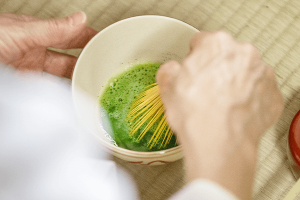
What is the purpose of the Japanese tea ceremony?
Why go through such a formal process to enjoy a simple cup of tea? The answer lies in the history of tea consumption in Japan. For centuries, tea was not a commodity, but a rare and valuable treat reserved primarily for priests and the upper class.
The first mention of a formal tea ceremony appears in the 8th century. It is believed that a Buddhist monk developed these tea preparation and serving protocols as a way to show respect for tea’s hallowed healing properties. [2]
Over time, as matcha tea became more widely available, the meaning of the ceremony evolved. The modern-day version emerged in the 16th century. [3] Today, the purpose of the ceremony experience can vary depending on how closely the host wanted to adhere to traditional standards.
In some cases, the ceremony is an opportunity for guests to socialize in a quiet environment and deepen relationships over a slow-paced meal. In others, the goal is the spiritual satisfaction that comes with silent contemplation of nature, art and beauty. Tea preparation and serving simply adds structure and cadence to this period of quiet reflection.
What happens at a Japanese tea ceremony?
Step 1: Wander the garden and wash your hands.
Traditionally, ceremonies take place at a designated tea house, surrounded by a simple garden designed to create a calming atmosphere. A stone basin usually sits in the garden just outside the entrance to the tea house, where guests are to wash their hands. Parties may be larger today, but historically a matcha tea ceremony was limited to four or five guests. [2]
Step 2: Take your place in the tea room.
The tea room — or “Chashitsu” — often has an alcove adorned with flowers and a hanging scroll. When guests enter, they bow toward the alcove and take their seats in a specific order, with the guest of honor — called the Shokyaku — sitting closest to the host. Guests sit in a seiza posture, which means kneeling on a cushion on the floor. The seiza position symbolizes humility and staying close to the earth.
Guests may have specific duties depending on where they sit. The Shokyaku, for example, is in charge of dialogue with the host, often speaking for the group to minimize distraction and overlapping conversations. [2][4]
Step 3: Savor your sweets and watch the tea master at work.
Full tea ceremonies include a meal called Kaiseki — a series of small dishes specially curated by the host — which precedes the matcha itself. [5] Traditionally, both a thick tea and thin tea are prepared (both derived from high quality green tea leaves). Today, most ceremonies are kept shorter, focusing on just thin tea and a few sweets. A platter of Japanese sweets — or “Wagashi” — is always included as a way to balance the bitter taste of green tea.
After the sweets are passed around, the host begins preparing the matcha green tea in front of his or her guests, by whisking matcha into the hot water. The implements chosen, including the kettle, tea scoop, ladle, whisk and bowls, are chosen specifically for their design or origin and are meant to fit into the overall aesthetic of the tea room. [6] A bamboo whisk, or “chasen,” is typically used to whisk the matcha powder.
Step 4: Time to drink tea.
The tea is then served to the Shokyaku first, with the tea bowl placed on the mat (“tatami”) in front of him. The Shokyaku takes two or three sips from the bowl of tea, wipes the rim twice with a small cloth, turns it 90 degrees, and passes it to the next guest. After everyone has a turn, it’s also the Shokyaku’s responsibility to ask the guests if they’d like another round. Typically a second batch will be brewed, but no more than that.
Once everyone has had their fill, the host is responsible for collecting and cleaning the implements and returning them to their original spot in the tea caddy. [7]
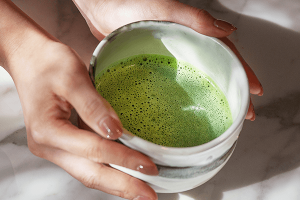
How long does Japanese tea ceremony take?
When kaiseki is served, a full tea ceremony can take up to four hours. Kaiseki usually includes at least nine courses highlighting seasonal foods and take anywhere from 60 to 90 minutes on its own, before the water even goes on to boil. Shorter ceremonies may take as little as one hour. It all depends on the formality of the event and the preferences of the host.
Where can I do a tea ceremony in Japan?
Though Japan is dotted by plenty of tea houses, Kyoto remains the center of tea culture. A popular tourist destination, Tokyo also boasts several traditional tea huts. Most ceremonies are slimmed down versions that don’t exceed 90 minutes in length, leaving you plenty of time to fit other adventures in your day. Your best bet is to trust a reputable travel agency for recommendations, especially since many tea houses may be closed or have adjusted their ceremonies to ensure safety during the ongoing Covid-19 pandemic.
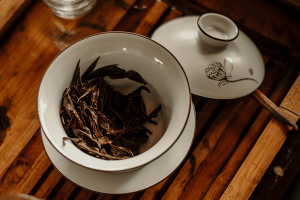
How do I host my own tea ceremony?
You may not have your own tea house or traditional implements at your disposal, but it’s still possible to replicate the key components of the Japanese tea ceremony — a peaceful environment, delicious sweets, strong matcha, good friends, and time to connect and reflect.
Here’s how to conduct your very own tea parties at home:
-
- Clean your ceremony room and decorate with some simple flower arrangements. Avoid anything very large, bright or fragrant. The goal is to create a quiet space that is free of distraction.
- Make sure you have all your supplies at the ready: a kettle, tea pot, enough cups or bowls for all your guests, a tea scoop, whisk, and of course your powdered tea. (For an authentic experience, use ceremonial grade matcha green tea powder, a bamboo scoop and matcha whisk.)
- Put together a tray of sweets, but avoid strong flavors like chocolate, since this can compete with the taste of the tea, rather than complement it.
- Follow traditional protocols according to what is comfortable for you and your group. If formality isn’t a good fit for your guests, feel free to relax things a bit. The most important thing is to keep the atmosphere zen and serene. Try to limit side conversations so everyone is engaged and gets a chance to feel connected.
The Takeaway
Whether you get to experience a full-length traditional Japanese tea ceremony of drinking matcha in Japan or a more relaxed version in your own living room, there’s an important lesson to be learned from Japanese tea culture. The goal of tea drinking is to take time to slow down, be fully present in your environment and appreciate all the beautiful things around you — including that flavorful cup of matcha and all of its health benefits!
